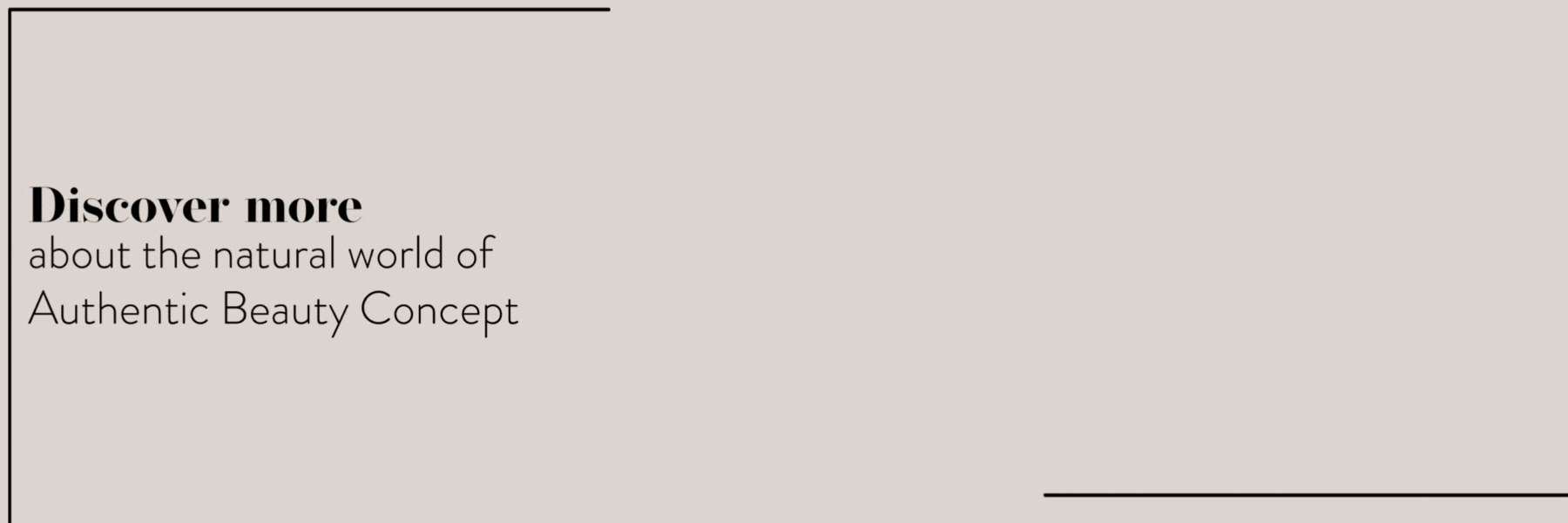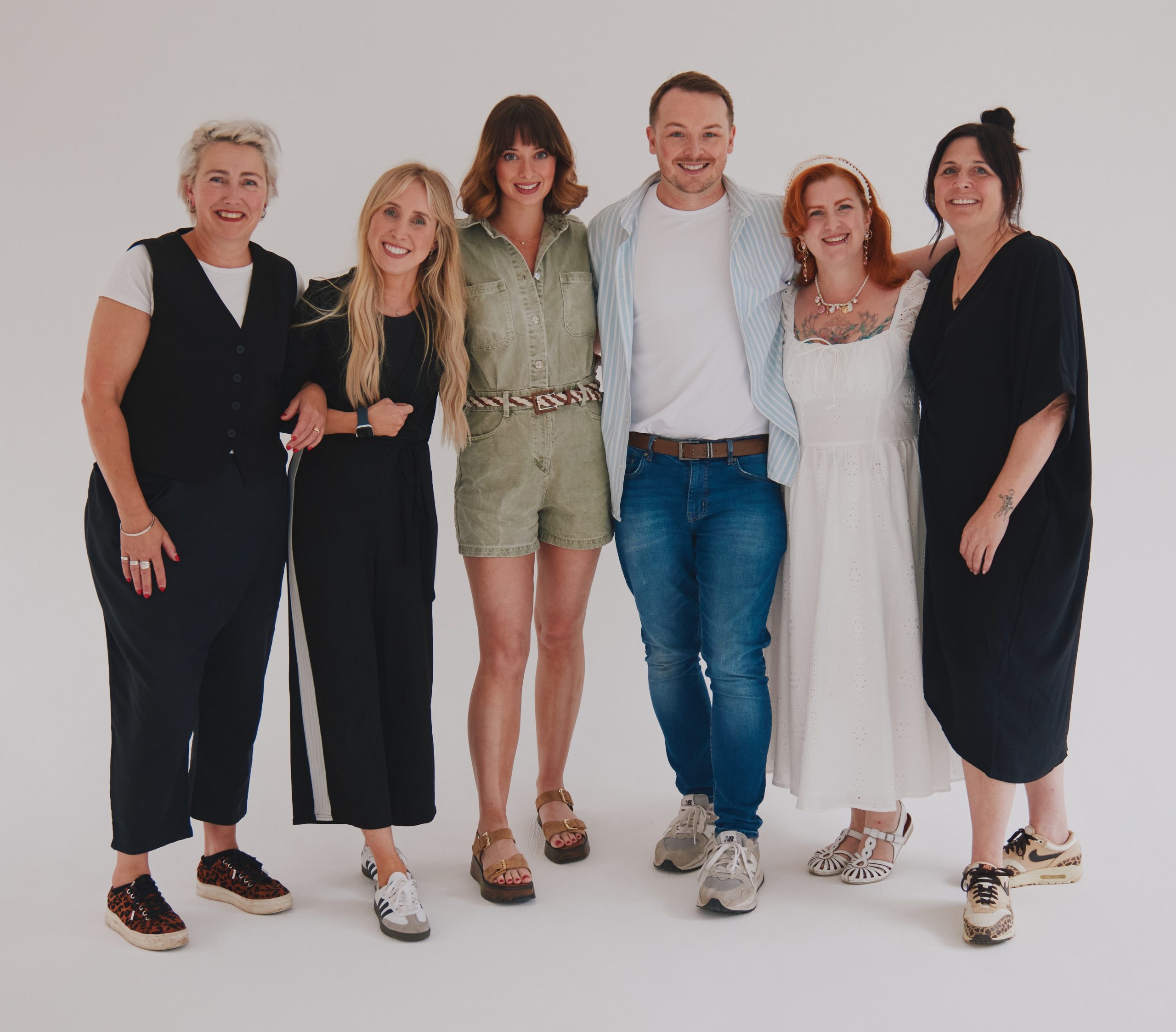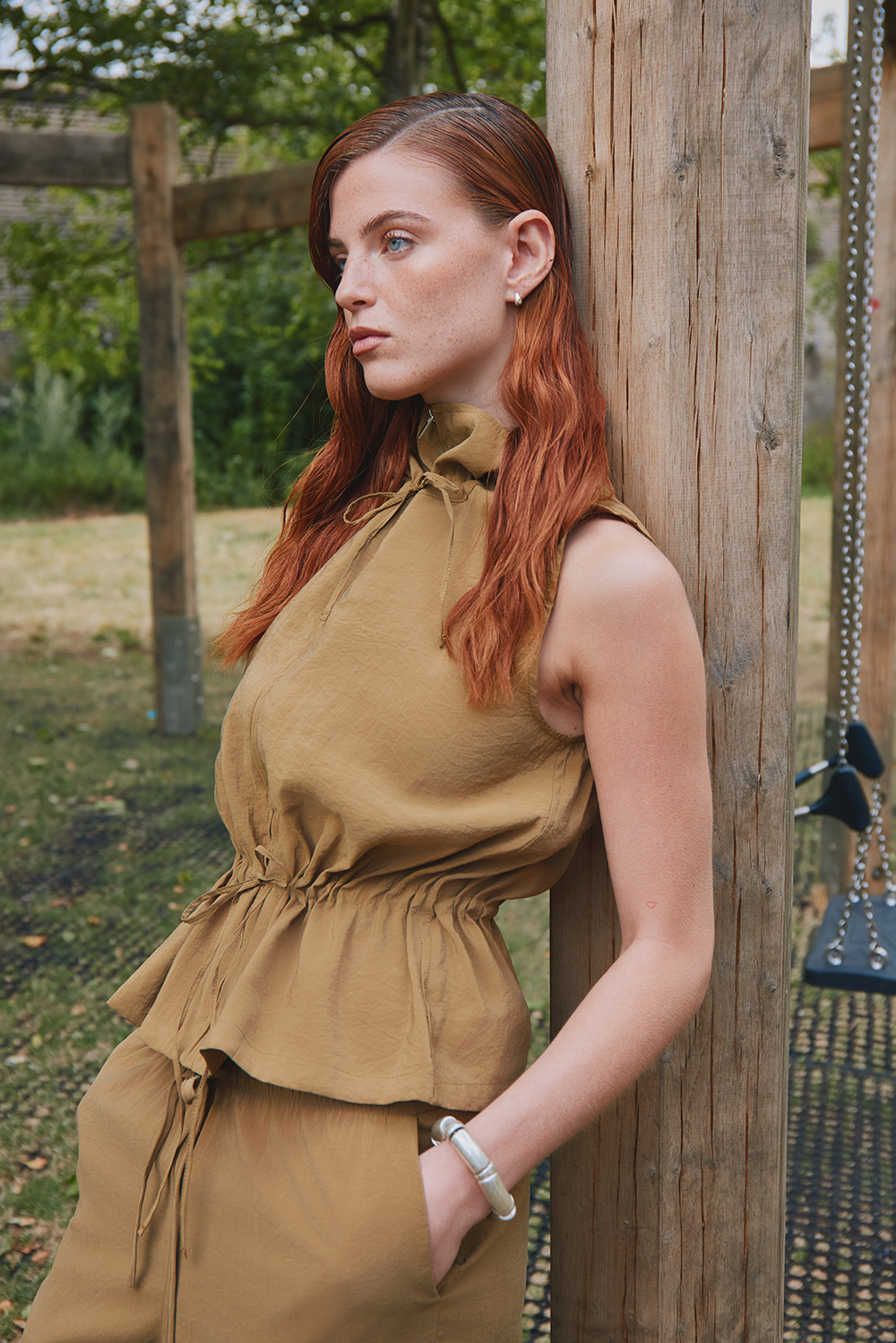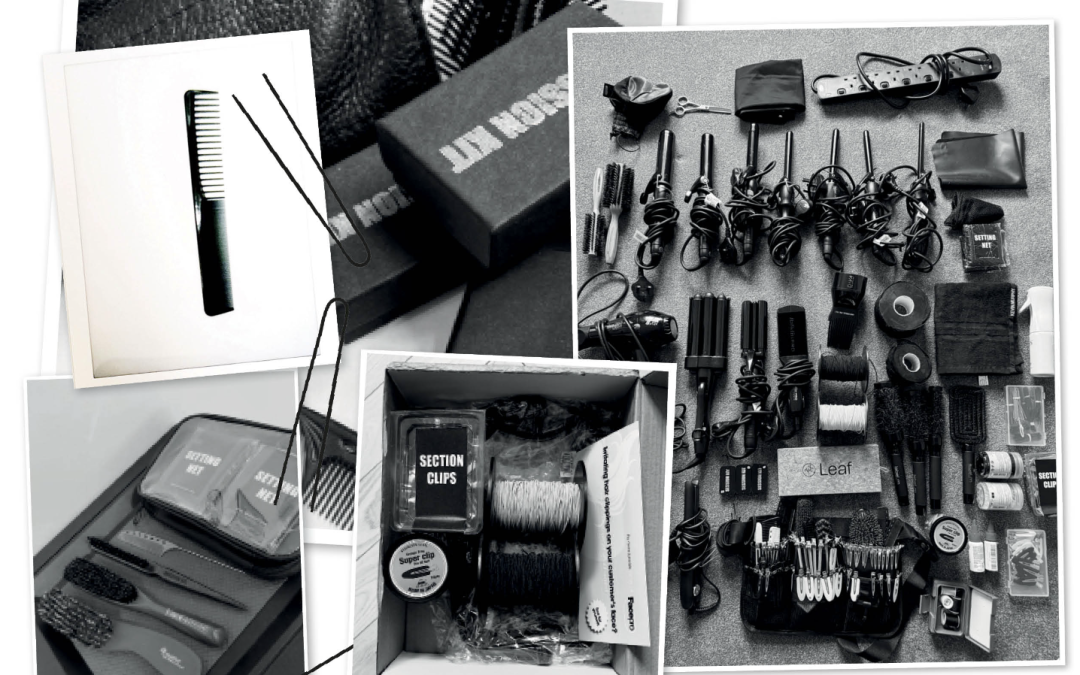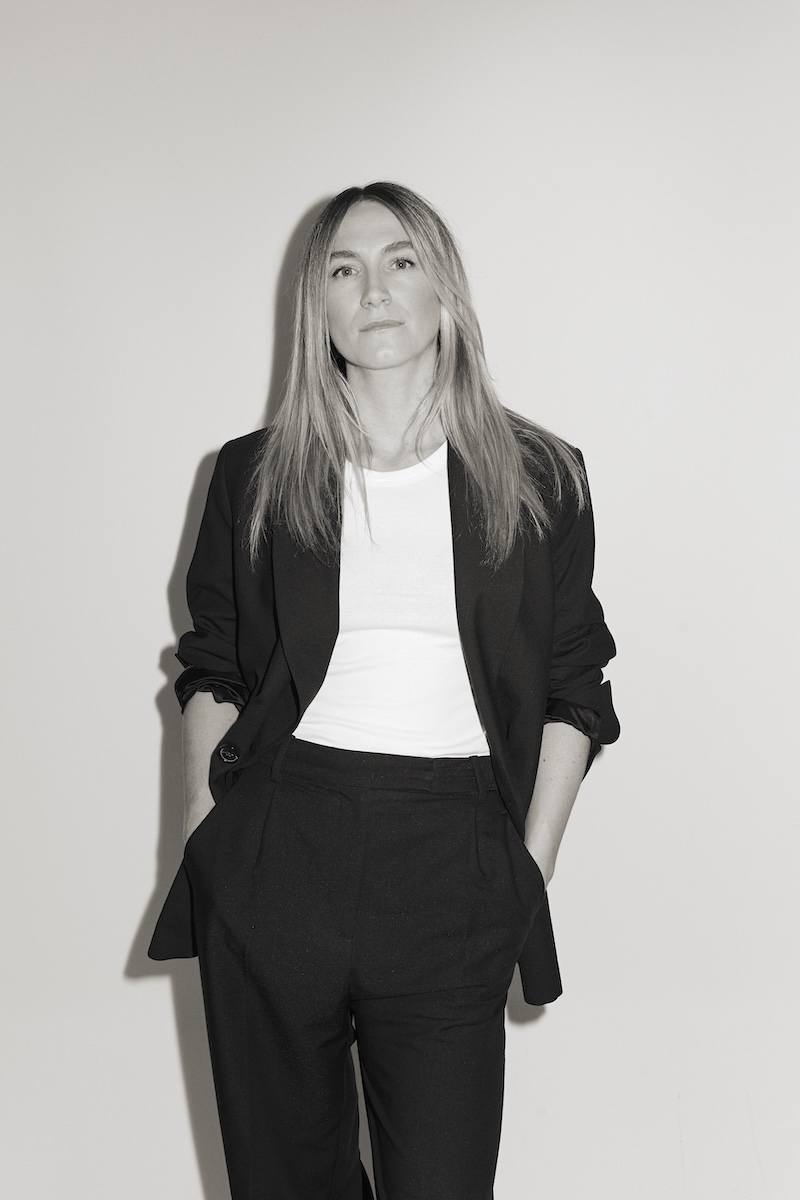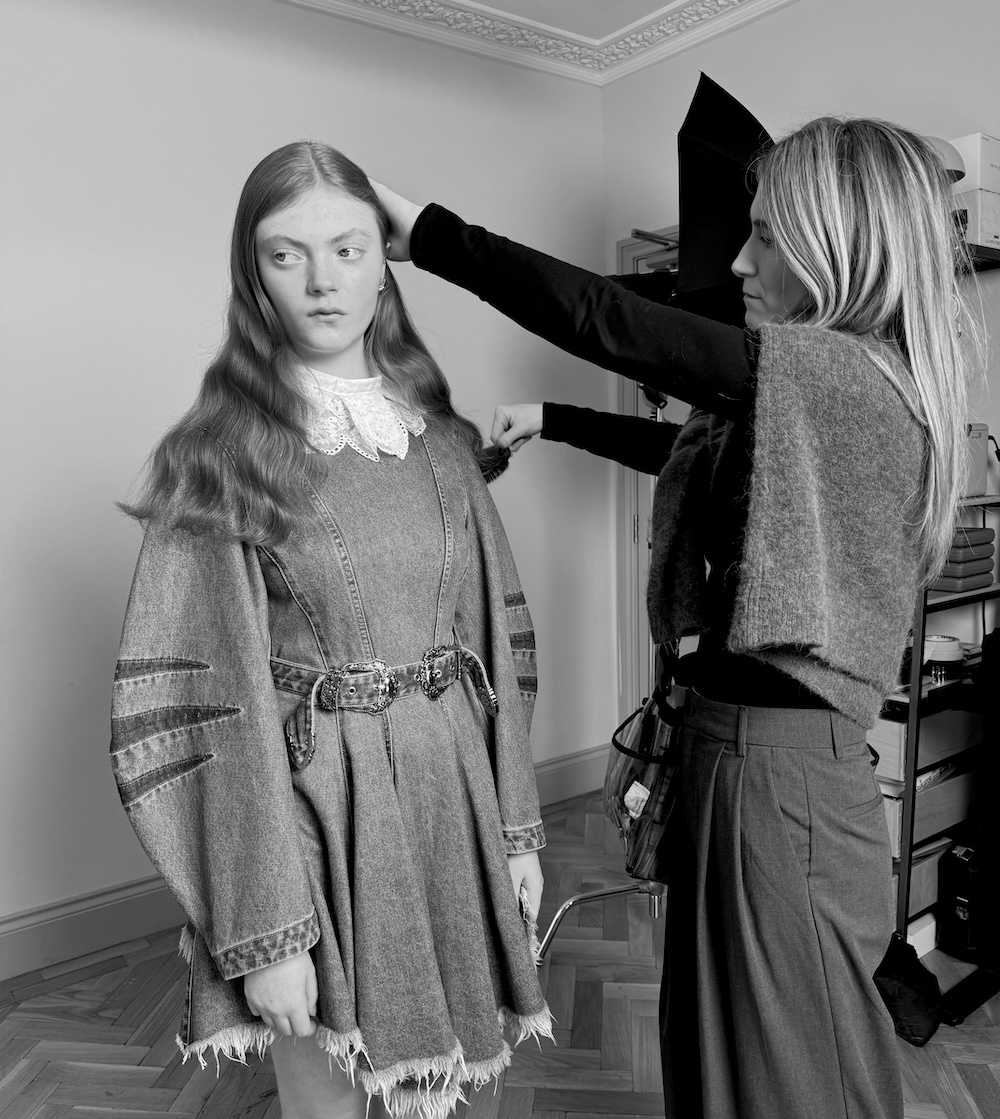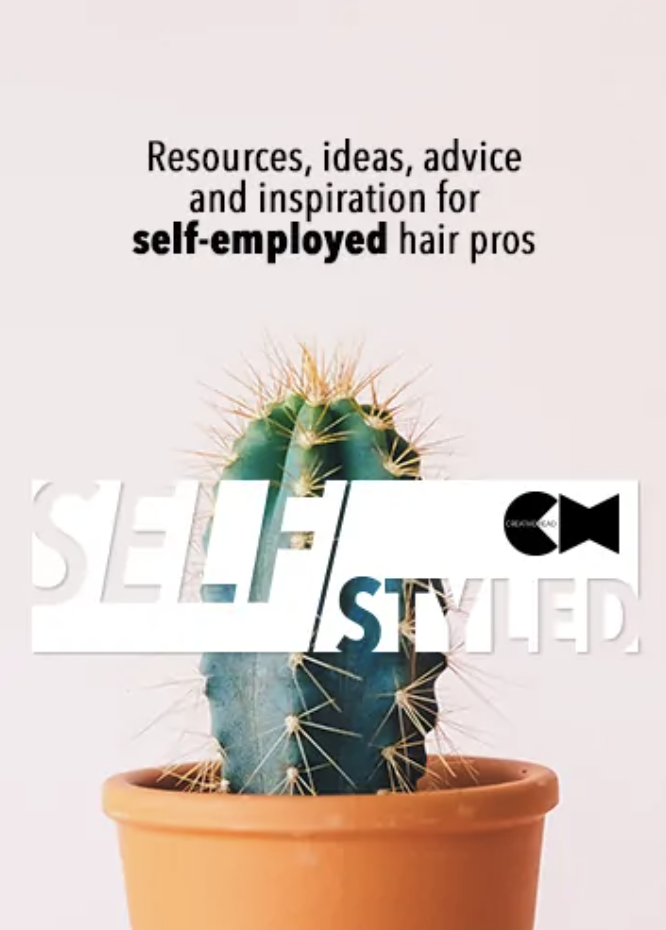
This. Is. Iconic.
Promotion

Launch a colour collection, but make it brat… Inspired by a quad of today‘s most iconic and influential pop artists, Schwarzkopf Professional fuse commercial shades and colour worlds with cool service inspiration. Meet the Pop Icons

It’s a perpetual conundrum – colour is the key driver when it comes to salon profit and driving client loyalty, but to ensure the long-term future of your business, you’ve got to entice younger clients wary of colour to take the plunge.
Think about the names that inspire them, and you’ll establish a list of the most iconic and influential pop stars – each one with their own aesthetic, their own attitude and their own rabid social media following. Now, consider some of the biggest cultural moments of the summer – THAT album cover, THAT low-key Hackney wedding, THAT XXL-hair-as-star-of-the-music-video – and you can see where there are opportunities to engage those younger clients with colour moods crafted with those pop icons at the beating heart. It’s what fuels the Pop Icons collection from Schwarzkopf Professional, designed to empower both hair stylist and client, bringing together commercial shades, on-the-pulse techniques with achingly cool styling to finish.
Armed with an industry leading portfolio including IGORA, BLONDME, Fibre Clinix and OSiS and supported by an education programme that interprets the iconic looks in a commercially relevant way, Pop Icons is an inspirational mix of creativity and expert simplicity, the very embodiment of the Schwarzkopf Professional ethos – FOR EVERY YOU.

“From pop icon inspiration to personalised perfection – put your creative spin on colour with signature formulas and expert advice tailored to every client”
Lisa Farrall
Schwarzkopf Professional global ambassador
@lisafarrall

“Create your own colour world – bringing pop icon inspiration into custom shades that notonly express your client’s individuality but also boost your creativity and business behind the chair”
Lesley Jennison
Schwarzkopf Professional global colour ambassador
@lesleyjennison
From club classics to a finish that’s short n’ sweet, see the Pop Icons collection brought to life…

You won’t need any good luck, babe with these ravishing red finishes. Driven by a fearless approach to style, this icon challenges norms and embraces authenticity with a theatrical flourish – a bold expression wrapped in glitter and unapologetic drama! Perfect for any Midwest Princess…


Crafted by Lesley Jennison & Lisa Farrall
This meshes a global colour with peekaboo streaks. Turn to OSiS Bounty Balm and Air Whip to build that thick waved texture.
Colour 1 – The Base
IGORA ZERO AMM 6-88 + 7-77 (1:2) with IGORA ROYAL Oil Developer 3% 10 vol (1:1)
Colour 2
IGORA ZERO AMM 6-88 with IGORA ROYAL Oil Developer 6% 20 vol (1:1)
Colour 3
IGORA ZERO AMM 7-77 with IGORA ROYAL Oil Developer 9% 30 vol (1:1)
After Care
- Fibre Clinix Shampoo
- Fibre Clinix Hair Sealer
- Fibre Clinix Instant Infusion Concentrate
- Fibre Clinix Vibrancy Leave-in Conditioner


Crafted by Lesley Jennison & Lisa Farrall
This white coverage confection blends in copper foils for a full throttle finish. Form some coils with OSiS+ Tipsy Swirl for next level curls.
Colour 1 – Highlights
IGORA ROYAL Fashion Lights L-77 with IGORA ROYAL Oil Developer 12% 40 vol (1:1)
Colour 2 – Grey section
IGORA ZERO AMM 5-0 + 5-67 (2:1) with IGORA ROYAL Oil Developer 6% 20 vol (1:1)
Colour 3 – Base
IGORA ZERO AMM 5-0 + 5-67 (1:1) with IGORA ROYAL Oil Developer 6% 20 vol (1:1)
Colour 4 – Lengths And Ends
IGORA ZERO AMM 7-67 with IGORA ROYAL Oil Developer 9% 30 vol (1:1)
After Care
- After Care Fibre Clinix Vibrancy Shampoo and Conditioner
- Fibre Clinix Hair Sealer


Girl, this icon’s so not confusing as she gives full-on club vibes for 365 days. Controlled rebellion emanates from her glossy shadows, as her constant evolution encourages your client to embrace change and explore new identities.


Crafted by Lisa Farrall & Annie Franklin
A global application using bowl and bottle is finished with a gritty texture thanks to a generous dollop of OSiS Grip, as well as OSiS Glow and OSiS Freeze. I love it!
Colour 1 – The Roots
IGORA VIBRANCE 1-0 with IGORA VIBRANCE Activator Lotion 1.9% 6 vol
Colour 2 – Mid-Lengths And Ends
IGORA VIBRANCE 1-0 with IGORA VIBRANCE Activator Gel 1.9% 6 vol
After Care
- Fibre Clinix Vibrancy
- Fibre Clinix Hair Sealer
- Fibre Clinix Instant Infusion Concentrate
- Fibre Clinix Hydrate Leave-in Conditioner


Crafted by Lisa Farrall
This colour block placement with plum crush and sonic blue delivers all the punk edge and attitude you could possibly want with a good dose of OSiS+ Air Whip for that devil-may-care curl.
Lightener
BLONDME Premium Lightener 9+ (30g) + ash additive (5g) with Premium Developer 2% 7 vol (40g) (1:1.5)
Colour – Roots
IGORA ZERO AMM 3-0 + 5-21 (1:1) with IGORA ROYAL Oil Developer 3% 10 vol (1:1)
Toner 1
IGORA VIBRANCE 0-89 + 0-99 (2:1) with IGORA VIBRANCE Activator Gel 1.9% 6 vol (1:1)
Toner 2
IGORA VIBRANCE 9-12 + 0-22 (1:1) with IGORA VIBRANCE Activator Gel 1.9% 6 vol (1:1)
After Care
- Fibre Clinix Vibrancy
- Fibre Clinix Hair Sealer
- Fibre Clinix Instant Infusion concentrate
- Fibre Clinix Hydrate Leave-in Conditioner


You’ll be ready to please, please, please any blonde-craving client who wants to inject a little old school glamour (with a dash of youthful charm) into their look. It’s like a shot of espresso to your creativity, and to their confidence. This icon is all about personal growth and evolution while staying absolutely true to her identity.


Crafted by Lesley Jennison & Lisa Farrall
Thanks to the dual highlights and an all over blonde refinement, this is a blonde that will turn heads for days. And yes, OSiS Grip helps keep in those curls, but it’s the OSiS Sparkler that delivers the dazzle.
Lightener – The Highlights
BLONDME Premium Lightener 9+ with Premium Developer 2% 7 vol (1:2)
Colour – The Highlights
IGORA ROYAL Highlift 10-1 with IGORA ROYAL Oil Developer 12% 40 vol (1:2)
Toner – BLONDME Refinement
IGORA ZERO AMM 10-0 + Schwarzkopf Professional Color Enabler Hair Sealer + IGORA ROYAL Oil Developer 6% 20 vol (1:1:1)
After Care
- BLONDME Nourishing Shampoo, Hair Sealer, Conditioner
- BLONDME Sealing Balm


Crafted by Lesley Jennison & Lisa Farrall
This low maintenance warm blonde with highlifts and tipouts serves a lighter finish that still delivers the fresh, fun hue with a playful edge. For a finish that looks like you’ve been out on the dancefloor, turn to OSiS+ Flatliner, Glow and Velvet.
Colour 1
IGORA ZERO AMM 10-2 with IGORA ROYAL Oil Developer 9% 30 vol (1:1)
Colour 2
IGORA ZERO AMM 10-19 with IGORA ROYAL Oil Developer 9% 30 vol (1:1)
Lightener
BLONDME Premium Lightener 9+ with Premium Developer 6% 20 vol (1:1.5)
Toner
IGORA VIBRANCE CLEAR
After Care
- Fibre Clinix Vibrancy Shampoo, Hair Sealer, Conditioner
- Fibre Clinix Vibrancy Leave-in Conditioner
- Fibre Clinix Smoothing Leave-in Conditioner



Crafted by Lesley Jennison
My, My, My this heavy-on-the foils colour finish delivers a modern, warm kiss of sun that’s fresh and forward while still giving us a little ‘90s love. The foiling technique alternates two different foil patterns for maximum brightness and lift to deliver ALL the dimensions. The finish? Well, that has a carefree vibe we’re crushing on, with soft and messy texture that’s serving effortlessly tousled. What an angel, baby.
Pre-Lighten
Foil A: IGORA VARIO Blonde Plus + IGORA ROYAL Oil Developer 3% 10 vol (1:2)
Foil B: IGORA VARIO Blonde Plus + IGORA ROYAL Oil Developer 6% 20 vol (1:2)
Alternating 1 x Foil A to 2 x Foil B
Toning
IGORA VIBRANCE 9-1 + IGORA VIBRANCE Activator Gel 1.9% 6 vol (1:1)
After Care
- BLONDME Shampoo and Nourishing Conditioner




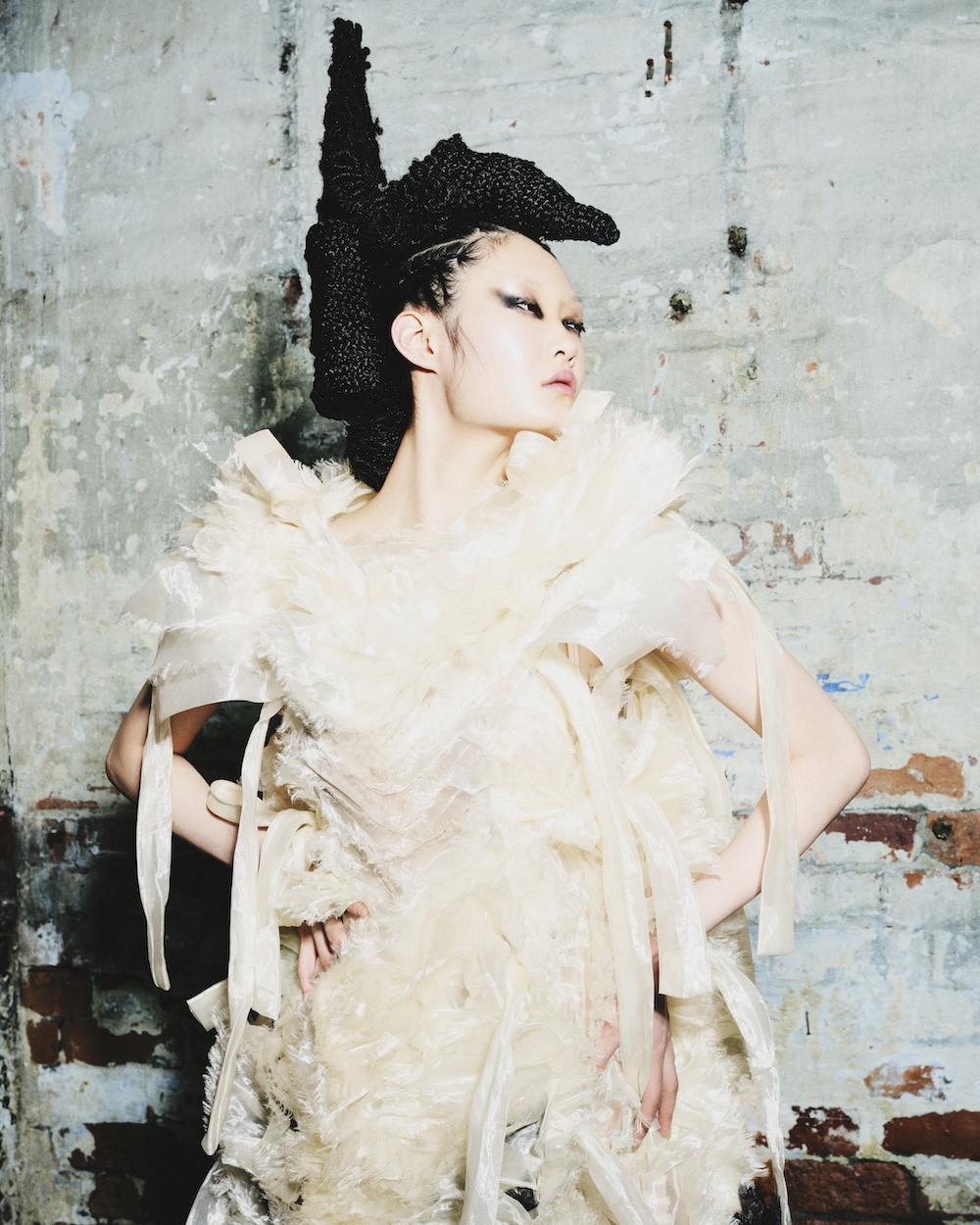











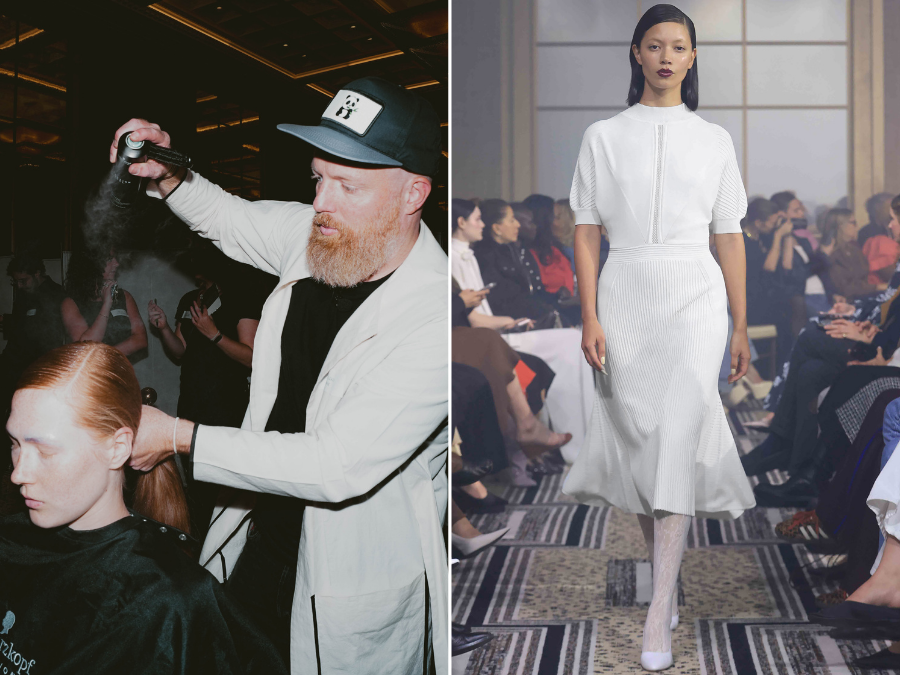















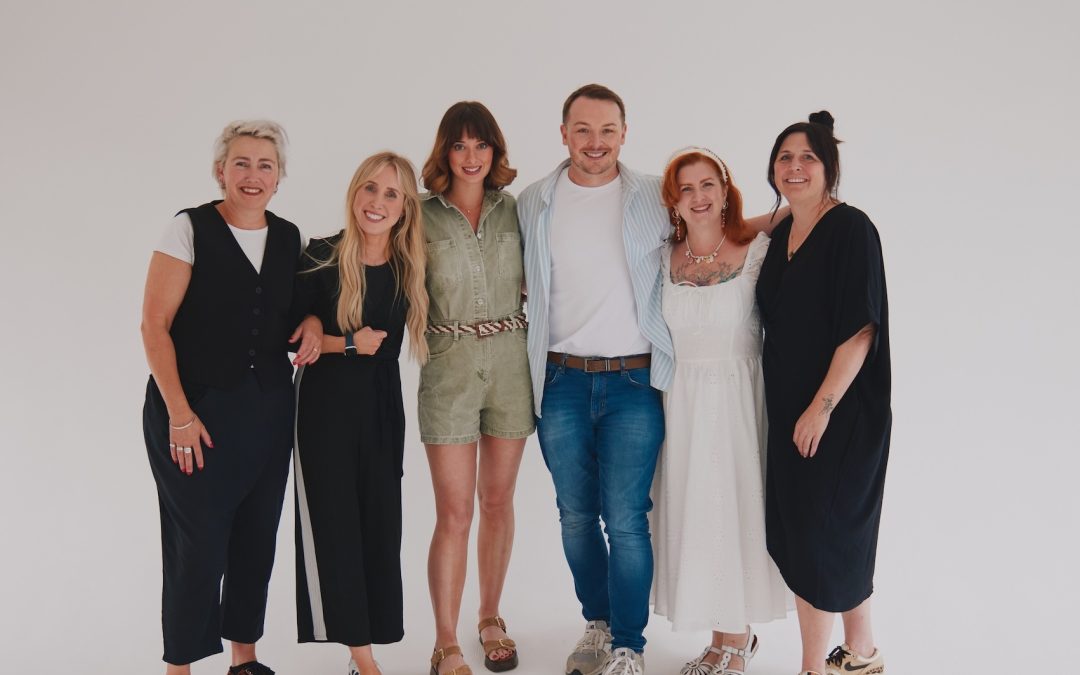



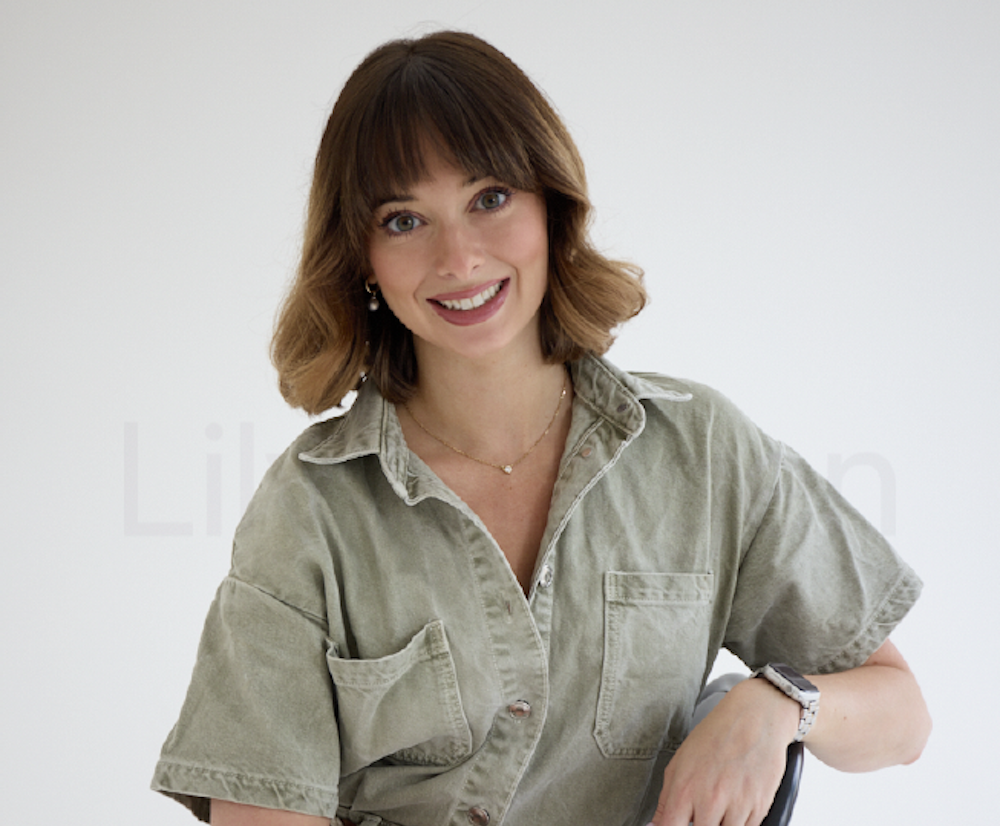
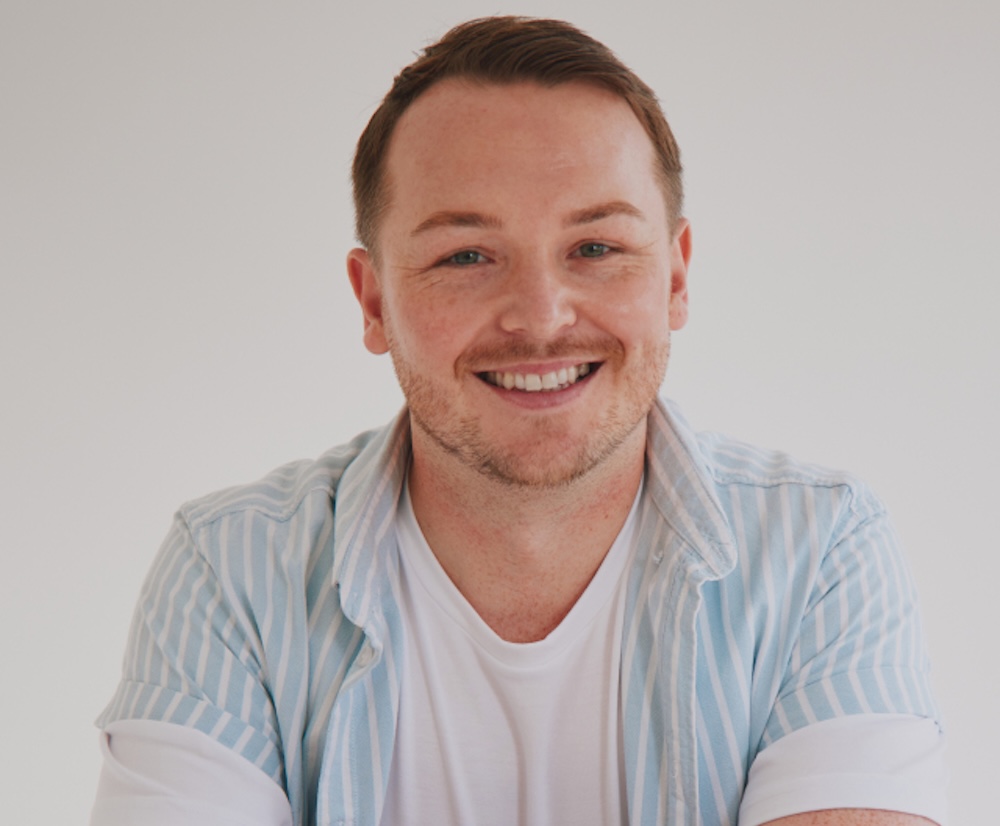
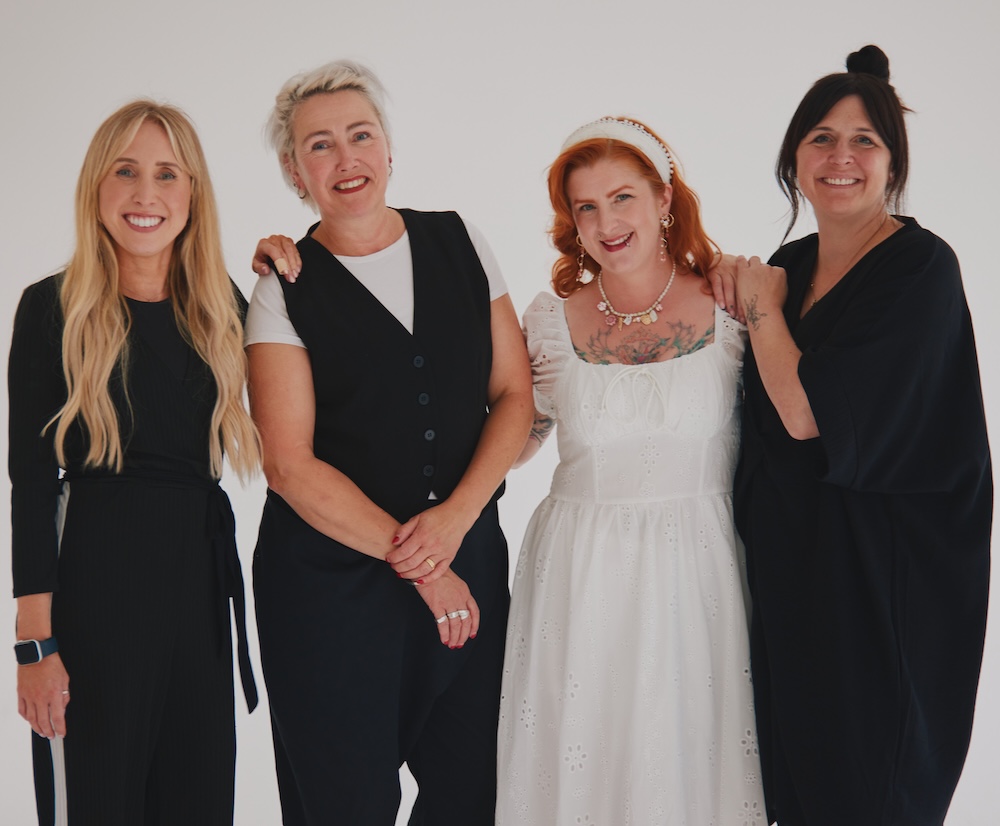


 The hero here doesn’t wear a cape – it comes in a tube! “The Hand & Hair Light Cream is my favorite. We use it a lot at Fashion Weeks,” says Melissa. “It can just be popped in your handbag, and it’s great for sealing in any ends and also adding definition to your ghost waves.”
The hero here doesn’t wear a cape – it comes in a tube! “The Hand & Hair Light Cream is my favorite. We use it a lot at Fashion Weeks,” says Melissa. “It can just be popped in your handbag, and it’s great for sealing in any ends and also adding definition to your ghost waves.”











